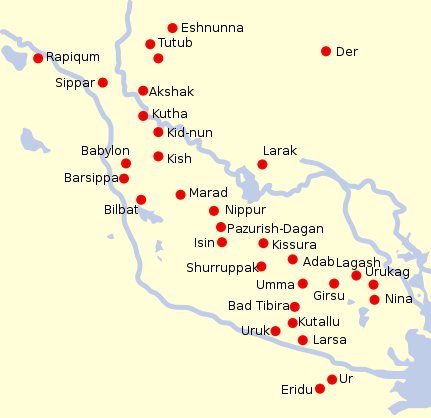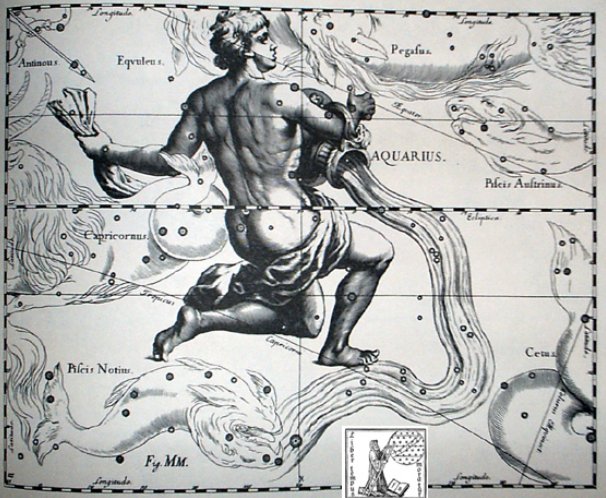In the absence of rain (to fertilize Mother Earth, to make her produce food) a method to reach up to the heavens was sound: ... It was 4 August 1968, and it was the feast day of Saint Dominic, patron of Santo Domingo Pueblo, southwest of Santa Fe. At one end of the hot, dusty plaza, a Dominican priest watched nervously as several hundred dancers arranged in two long rows pounded the earth with their moccasined feet as a mighty, collective prayer for rain, accompanied by the powerful baritone singing of a chorus and the beat of drums. As my family and I viewed this, the largest and in some ways the most impressive Native American public ceremony, a tiny cloud over the Jémez Mountains to the northwest got larger and larger, eventually filling up the sky; at last the storm broke, and the sky was crisscrossed by lightning and the pueblo resounded with peals of rolling thunder ... And if you were buried alive inside a coffin (sarco-phagus) you had better hurry to make loud noises. ... In China, every year about the beginning of April, certain officials called Sz'hüen used of old to go about the country armed with wooden clappers. Their business was to summon the people and command them to put out every fire. This was the beginning of the season called Han-shih-tsieh, or 'eating of cold food'. For three days all household fires remained extinct as a preparation for the solemn renewal of the fire, which took place on the fifth or sixth day after the winter solstice [Sic!] ...
If in China they relied on a Moon calendar which was stretching beyond the winter solstice, then the wooden clappers could have sounded in order to wake up people down on earth to the reality of the current position of the Sun, which needed his renewal (update, re-set). Or their Moon calendar could alternatively indeed sometimes have ended 5-6 nights before day 355.
355 (ºDecember 21, winter solstice) + 118 (= 472 / 4) = 473 = 365 + 108 (ºApril 18). 108 = 118 - 10. I.e., if the Moon calendar was beginning simultaneously with the Sun calendar it would not be necessary to draw back the time of the 'running water' (clypsedra serpent) all the way back to day 355. It would be enough to 'devour the tail of the serpent':
... It is known that in the final battle of the gods, the massed legions on the side of 'order' are the dead warriors, the 'Einherier' who once fell in combat on earth and who have been transferred by the Valkyries to reside with Odin in Valhalla - a theme much rehearsed in heroic poetry. On the last day, they issue forth to battle in martial array. Says Grimnismal (23): 'Five hundred gates and forty more - are in the mighty building of Walhalla - eight hundred 'Einherier' come out of each one gate - on the time they go out on defence against the Wolf.' That makes 432,000 in all, a number of significance from of old. This number must have had a very ancient meaning, for it is also the number of syllables in the Rigveda. But it goes back to the basic figure 10,800, the number of stanzas in the Rigveda (40 syllables to a stanza) [40 * 270 = 10800] which, together with 108, occurs insistently in Indian tradition, 10,800 is also the number which has been given by Heraclitus for the duration of the Aiōn, according to Censorinus (De die natali, 18), whereas Berossos made the Babylonian Great Year to last 432,000 years. Again, 10,800 is the number of bricks of the Indian fire-altar (Agnicayana). 'To quibble away such a coincidence', remarks Schröder, 'or to ascribe it to chance, is in my opinion to drive skepticism beyond its limits.' Shall one add Angkor to the list? It has five gates, and to each of them leads a road, bridging over that water ditch which surrounds the whole place. Each of these roads is bordered by a row of huge stone figures, 108 per avenue, 54 on each side, altogether 540 statues of Deva and Asura, and each row carries a huge Naga serpent with nine heads. Only, they do not 'carry' that serpent, they are shown to 'pull' it, which indicates that these 540 statues are churning the Milky Ocean, represented (poorly, indeed) by the water ditch, using Mount Mandara as a churning staff, and Vasuki, the prince of the Nagas, as their drilling rope. (Just to prevent misunderstanding: Vasuki had been asked before, and had agreeably consented, and so had Vishnu's tortoise avatar, who was going to serve as the fixed base for that 'incomparably mighty churn', and even the Milky Ocean itself had made it clear that it was willing to be churned.)
The 'incomparably mighty churn' of the Sea of Milk, as described in the Mahabharata and Ramayana. The heads of the deities on the right are the Asura, with unmistakable 'Typhonian' characteristics. They stand for the same power as the Titans, the Turanians, and the people of Untamo, is short, the 'family' of the bad uncle, among whom Seth is the oldest representative, pitted against Horus, the avenger of his father Osiris.
The simplified version of the Amritamanthana (or Churning of the Milky Ocean) still shows Mount Mandara used as a pivot or churning stick, resting on the tortoise. And here, also, the head on the right has 'Typhonian' features. The whole of Angkor thus turns out to be a colossal model set up for 'alternative motion' with true Hindu fantasy and incongruousness to counter the idea of a continuous one-way Precession from west to east ...
At the time of the Bull the Northern Bow star (Kaus Borealis, λ Sagittarii) would have stood at day 295 (= 10 * 29½), which now had turned into the current winter solstice according to the Gregorian calendar (295 + 60 = 355). We should notice how the letter Lambda probably indicated darkness (as if under a black cloth). And by the way, Messier 44 (M 44 Cancri, the Beehive Cluster) could have induced the creators of Manuscript E when they documented how the arrival of the Sun canoe came after 44 days at sea.
One of the 4 Egyptian 'cloth' marks (menchet) might possibly have been adopted into the rongorongo idiom in form of e.g. the vertical center line of henua ora (living earth).
And menchet, in turn, could have been derived from merkhet (also a vertical straight line in the dark): ... In the inscriptions of Dendera, published by Dümichen, the goddess Hathor is called 'lady of every joy'. For once, Dümichen adds: Literally ... 'the lady of every heart circuit'. This is not to say that the Egyptians had discovered the circulation of the blood. But the determinative sign for 'heart' often figures as the plumb bob at the end of a plumb line coming from a well-known astronomical or surveying device, the merkhet. Evidently, 'heart' is something very specific, as it were the 'center of gravity' ... See Aeg.Wb. 2, pp. 55f. for sign of the heart (ib) as expressing generally 'the middle, the center'. And this may lead in quite another direction. The Arabs preserved a name for Canopus - besides calling the star Kalb at-tai-man ('heart of the south') ... Suhail el-wezn, 'Canopus Ponderosus', the heavy-weighing Canopus, a name promptly declared meaningless by the experts, but which could well have belonged to an archaic system in which Canopus was the weight at the end of the plumb line, as befitted its important position as a heavy star at the South Pole of the 'waters below'. Here is a chain of inferences which might or might not be valid, but it is allowable to test it, and no inference at all would come from the 'lady of every joy'. The line seems to state that Hathor (= Hat Hor, 'House of Horus') 'rules' the revolution of a specific celestial body - whether or not Canopus is alluded to - or, if we can trust the translation 'every', the revolution of all celestial bodies. As concerns the identity of the ruling lady, the greater possibility speaks for Sirius, but Venus cannot be excluded; in Mexico, too, Venus is called 'heart of the earth'. The reader is invited to imagine for himself what many thousands of such pseudo-primitive or poetic interpretations must lead to: a disfigured interpretation of Egyptian intellectual life ...
Anyhow, 5 days after Kaus Borealis the Sun would have reached to a right ascension line in the South Dipper,
with Atlas culminating (at 21h) in the following night:
A 'Tea-pot' (t-pot) should of course contain fresh water. Beyond Sagittarius was Aquarius and the Capricorn.
With the male Leo turning into a female (Virgo)
there had to be an opposite transformation half a year later. This phenomenon could be the central theme in the Olmec view of the King (World Tree) ... I already knew that the ceiba tree was the model for the sacred World Tree of the Maya, but I had never seen one in flower when I knew what I was looking at. I was really excited because normally you can't see the blossoms even if you're there when the tree is in blossom. The fully mature trees are hundreds of feet high. and the blossoms are very small. 'It's a ceiba', I chirped and began looking for a branch low enough to see one of the blossoms up close. Joyce Livingstone, a retired teacher, did the logical thing. She bent over, picked up a fallen branch, and held it out for me to see. I was too excited and full of myself to listen. She tapped my arm more insistently and still I didn't hear her. Finally, in frustration, she grabbed my wrist and raised her voice. 'Will you look at these?' she said, waving the branch, and finally I did. What I saw stunned me, for in her hand lay a perfect replica of the earflares worn by the Classic Maya kings. Suddenly I understood the full symbolism of so many of the things I had been studying for years. The kings dressed themselves as the Wakah-Chan tree, although at the time I didn't know it was also the Milky Way ... holding a Serpent divided in the center and then evidently stitched together again:
The 10 glyphs in the G text above could correspond to the difference between 118 and 108 (or 118 - 107 = 11). From OCTOBER 27 (300) to the end of side a of the G tablet there were evidently 230 (= 2 * 115) - 220 (Ga8-17) = 10 days. ... Time flows and the first notch for a 'night' (day) cannot be counted and carved into the wood until the first day has been measured in full. Therefore Ca1-1 should correspond to the completion of the first day = at the beginning of the 2nd day of such a year which is beginning with March 21. Similarly should not the first day of the 2nd half of the year be noted down until at the beginning of its 2nd day ...
|
||||||||||||||||||||||||||||||||||||||||||||||||||||||||||||||||||||||||||||||||||||||||||||||||||||||||||||||||||||||||||||||||||||||||||
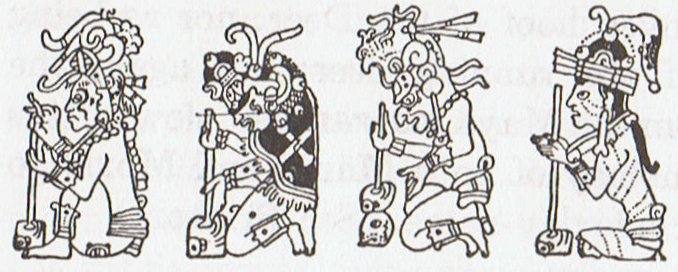
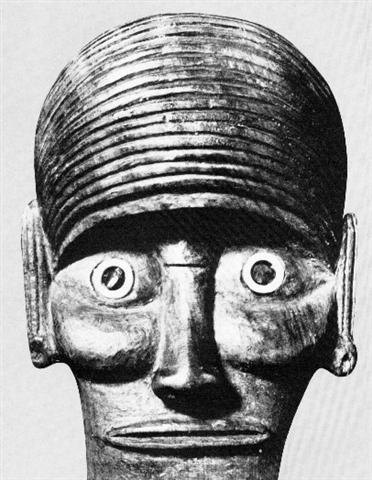

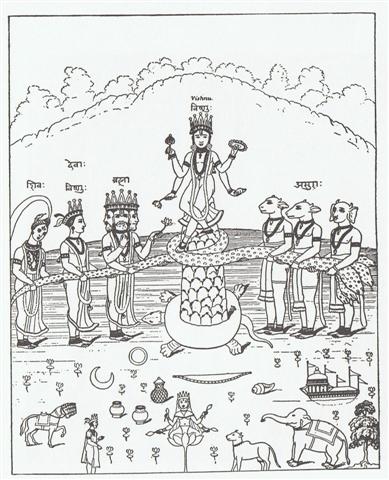
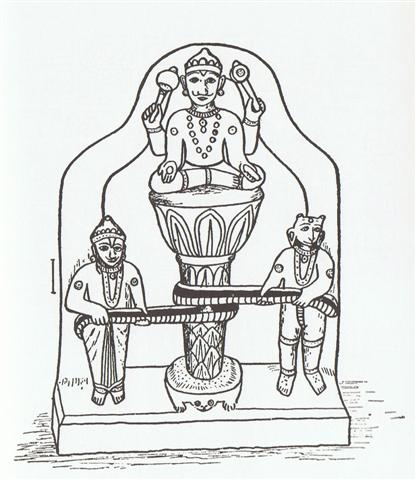
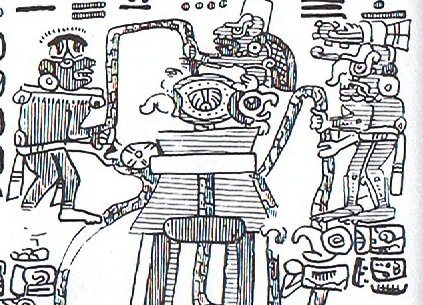


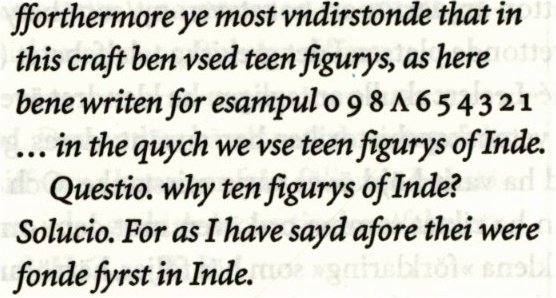



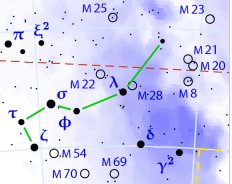




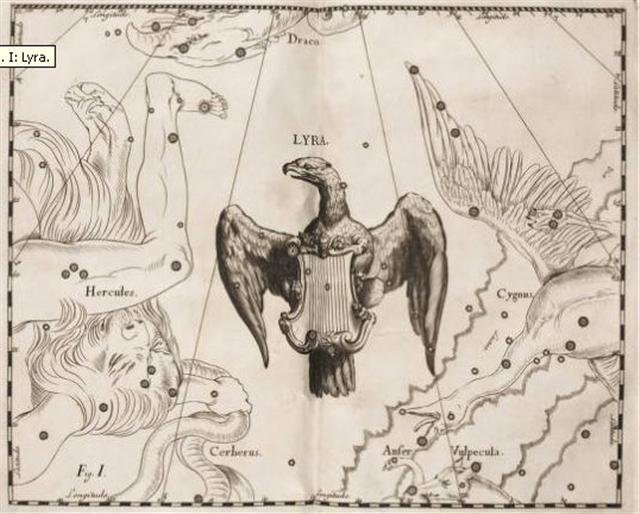





.jpg)
